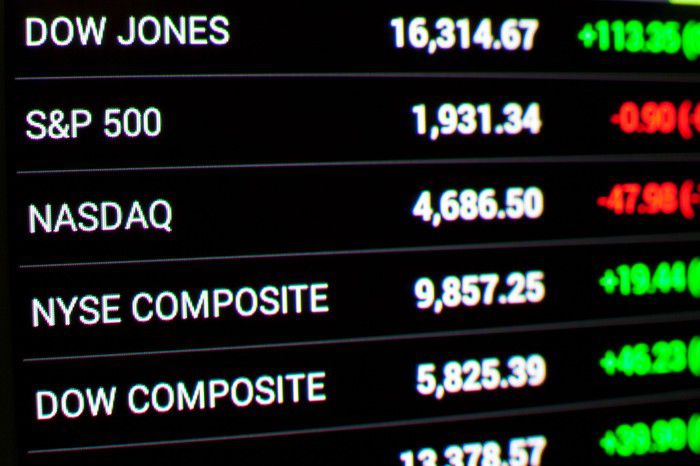
Are you seeking an exciting yet accessible way to diversify your trading strategy? Index trading allows investors to trade baskets of assets as a single security. By understanding how to engage in index trading, traders can add an efficient and profitable component to their portfolio.
This article will explore precisely what index trading is and explain why it should be part of any intelligent investor’s repertoire. We’ll look at different types of indices, the benefits they provide compared to individual stock investing and provide clear steps on how to start index trading today.
Introducing indices – what are they, and why do investors trade them
Indices are financial instruments used in the world of investments to track the overall performance of a particular market or segment of the market. Investors favour indices as they provide a comprehensive snapshot of the market’s overall performance while effectively minimising risk through diversification. Indices can be either market-capitalisation or price-weighted, with each method tracking the performance of the underlying market differently.
Indices are frequently traded by investors looking to gain broad exposure and diversification to a particular market or segment of the market without having to commit significant amounts of capital usually required to buy individual stocks. Trading indices also offer investors the opportunity to hedge against specific risks and take advantage of long-term market trends while minimising exposure to unique security risks. Check out ADSS for more information on indices.
Types of indices available for trading
The most common trading indices are broad market, sectoral, and volatility indices. Broad market indices track the overall performance of a specific stock exchange or country’s economy, providing investors with a comprehensive view of market trends and economic health. For example, the S&P 500 in the US and the FTSE 100 in the UK are widely recognised broad market indices.
On the other hand, Sectoral indices focus on the performance of specific industries or sectors within the economy. These indices offer insights into sectors’ relative strengths or weaknesses, such as technology or healthcare. By tracking sectoral indices, investors can gain a more targeted understanding of market trends and potentially capitalise on sector-specific opportunities.
Volatility indices play a unique role in measuring market sentiment and providing traders with an indication of market stability or volatility. These indices track the expected or perceived level of market fluctuations, helping investors assess and manage risk. By monitoring volatility indices, traders can make informed decisions based on market conditions and adjust their strategies accordingly.
Preparing to trade indices – things to consider before you begin
Before starting to trade indices, there are several key factors to consider. The first is choosing the right broker that offers competitive pricing, a user-friendly trading platform and access to a wide range of markets and instruments. Additionally, traders should understand risk tolerance and develop a solid trading plan with clearly defined entry and exit points.
It is also essential to stay updated on market news and events that may impact the performance of indices. Economic reports, political developments and global events can all significantly influence the markets, and traders must be aware of these factors when trading indices.
Analysing the markets and understanding index movements
Regarding analysing the markets and understanding index movements, traders can use various tools and techniques. Technical analysis involves studying patterns and trends in price charts to identify potential opportunities for entry and exit points. On the other hand, fundamental analysis evaluates economic indicators, such as GDP growth and interest rates, to assess overall market health.
Market sentiment also plays a crucial role in index trading, as it reflects the overall attitude of investors towards the market. By understanding market sentiment, traders can gain insight into the level of risk appetite and potentially make more informed trading decisions.
Strategies for trading indices successfully
Depending on their risk tolerance and trading style, there are various strategies that traders can use when it comes to index trading. One popular approach is trend-following, where traders aim to identify and capitalise on long-term trends in the market. This strategy involves buying when the market is trending upward and selling when it begins to decline.
Another common strategy is mean reversion, which involves identifying overbought or oversold market conditions and taking advantage of price corrections. This approach is based on the idea that markets tend to fluctuate around an average, and traders can profit by buying low and selling high.
Best practices for mitigating risk when you trade indices
Firstly, diversification is critical. By spreading investments across different sectors or markets, traders can reduce their exposure to specific risks and potentially minimize losses. A risk management plan with predefined stop-loss levels and profit targets is also crucial.
This strategy helps traders limit potential losses and lock in profits before market conditions change. Additionally, using leverage carefully and only when necessary can help traders manage risk and avoid significant losses.
